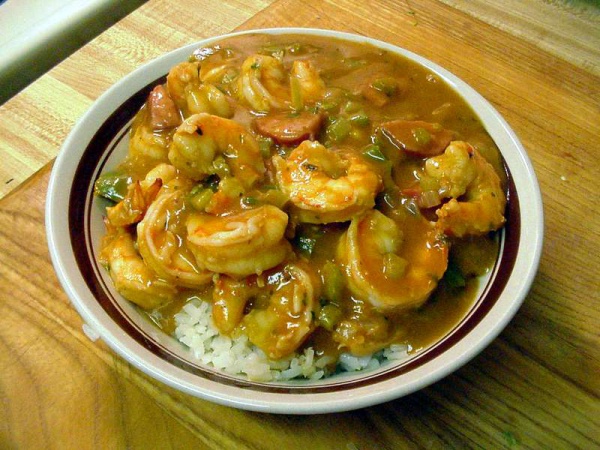Facts About Gumbo
Gumbo is a cherished soup from Louisiana, renowned for its rich, flavorful broth, various meats or shellfish, and a blend of vegetables known as the "Holy Trinity" (onions, bell peppers, and celery). This hearty dish is thickened with either okra or filé powder, contributing to its distinct texture. There are varying styles of gumbo, with Creole and Cajun being the most prominent, each characterized by unique ingredients and preparation methods. The origins of gumbo are a melting pot of African, French, Spanish, German, and Choctaw culinary traditions.
Gumbo's history dates back to the early 1700s in Louisiana, where cultural exchanges significantly influenced its development. It is believed to have evolved from a blend of traditional dishes and soups, such as bouillabaisse and native stews. The dish gained widespread popularity in the 1970s and 1980s, thanks to influential figures like Senator Allen Ellender and Chef Paul Prudhomme.
Preparing gumbo is a labor of love, often requiring hours of slow cooking to achieve its depth of flavor. Meats, seafood, and vegetables are incorporated in stages to build complex layers of taste. Essential to the dish are thickeners such as roux, okra, or filé powder. Gumbo is typically served over rice, making it a versatile and adaptable dish suited to various preferences and ingredients.
In Louisiana, gumbo is more than just a meal; it is a social staple, frequently featured at gatherings, festivals, and special occasions. It is an economical dish, capable of feeding a crowd with modest amounts of meat or seafood. Gumbo embodies Louisiana's multicultural heritage and is cherished by people from all walks of life.

 Mexico
Mexico